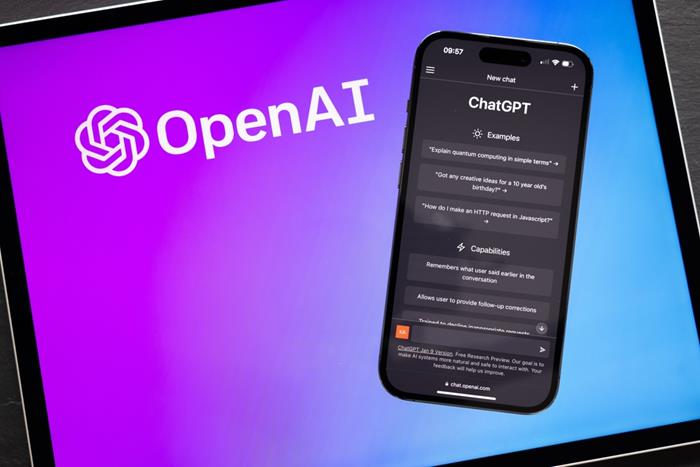Sam Altman, poster child for artificial intelligence aficionados, is back at the helm of OpenAI, the most talked-about AI company in the world at the moment.
His return comes almost a week after he was fired for being “not consistently candid” with the board. Two interim CEOs, supportive resignations and a near revolt by 700 staff and a job offer from Microsoft all came and went before Altman returned to the company he co-founded.
The data has left observers wide-eyed with amazement and headline writers gasping for air. And while the world wonders what the saga means for the development of AI, governance experts have honed in on OpenAI’s structure as a potential contributing factor to the crisis.
China’s Global Times says the debacle shows the “necessity of stronger global governance”, the New York Times opined that “AI may have an inherent governance issue” , while CNBC ran with quotes from Microsoft’s CEO, Satya Nadella, who said it was “very clear that something has to change around the governance”.
Clashes at OpenAI appear to stem from the company’s structure of a “not for profit” board, with a mission to “serve humanity”, sitting a number of levels above the CEO, Altman. OpenAI also has significant investors, including Microsoft, among many others.
Terminator option
Governance at the company was not the simplest. The Economist this week quotes an anonymous investor: “The structure defies corporate physics.”
Jonathan Guilford, writing for Reuters, says the structure was designed to “create a ‘kill switch’ that would shut down any developments that could serve Microsoft, or any other investor, but harm humanity”.
However, he points out: “The lesson from the last week of drama is that OpenAI’s kill switch doesn’t work. The charter still exists… The board still exists too… But it can’t protect the world when doing so would put its investors into open revolt. OpenAI might just be a regular company after all.”
Richard Leblanc, professor of governance at York University, Canada, and author of the Handbook of Board Governance, believes the problem may have been a board that did not have investors or the CEO as members. Nor does the company have traditional shares.
“All of these safeguards—investor representation on the board…, the CEO on the board and founder shares, provide accountability to a board and stability to a company,” Leblanc old Board Agenda.
The issues will remain while the structure is unreformed. “Have a simple governance structure,” Leblanc says, “that promotes accountability and is tried and true.”
With Altman back at OpenAI, the company can settle down. Though it looks as if investors will be flexing their influence for a change in governance. However, whatever structure the board resolves, there will remain a question of avoiding harm to humanity. Few boards can say they consider that question at quite the level as those producing artificial intelligence.





